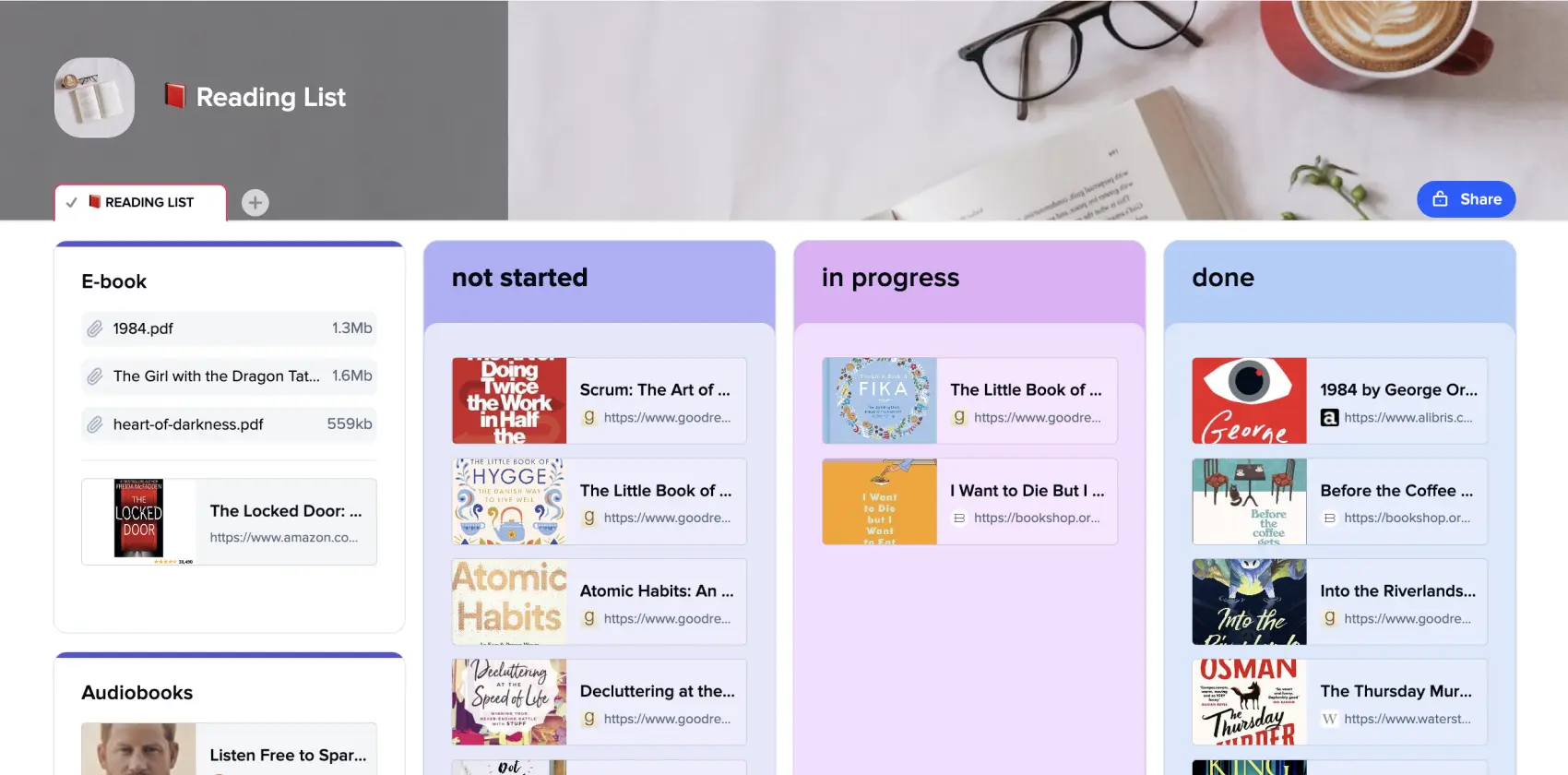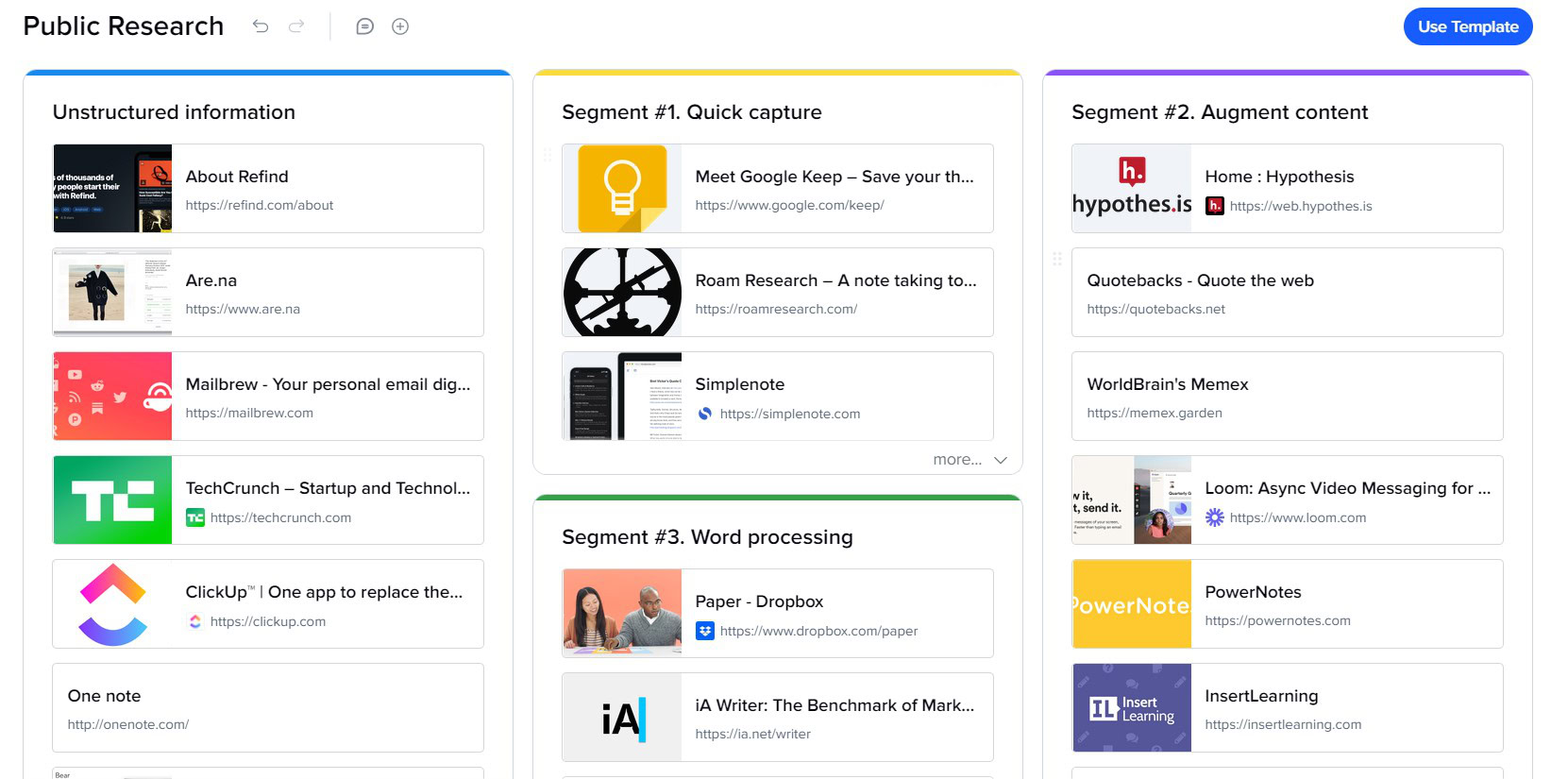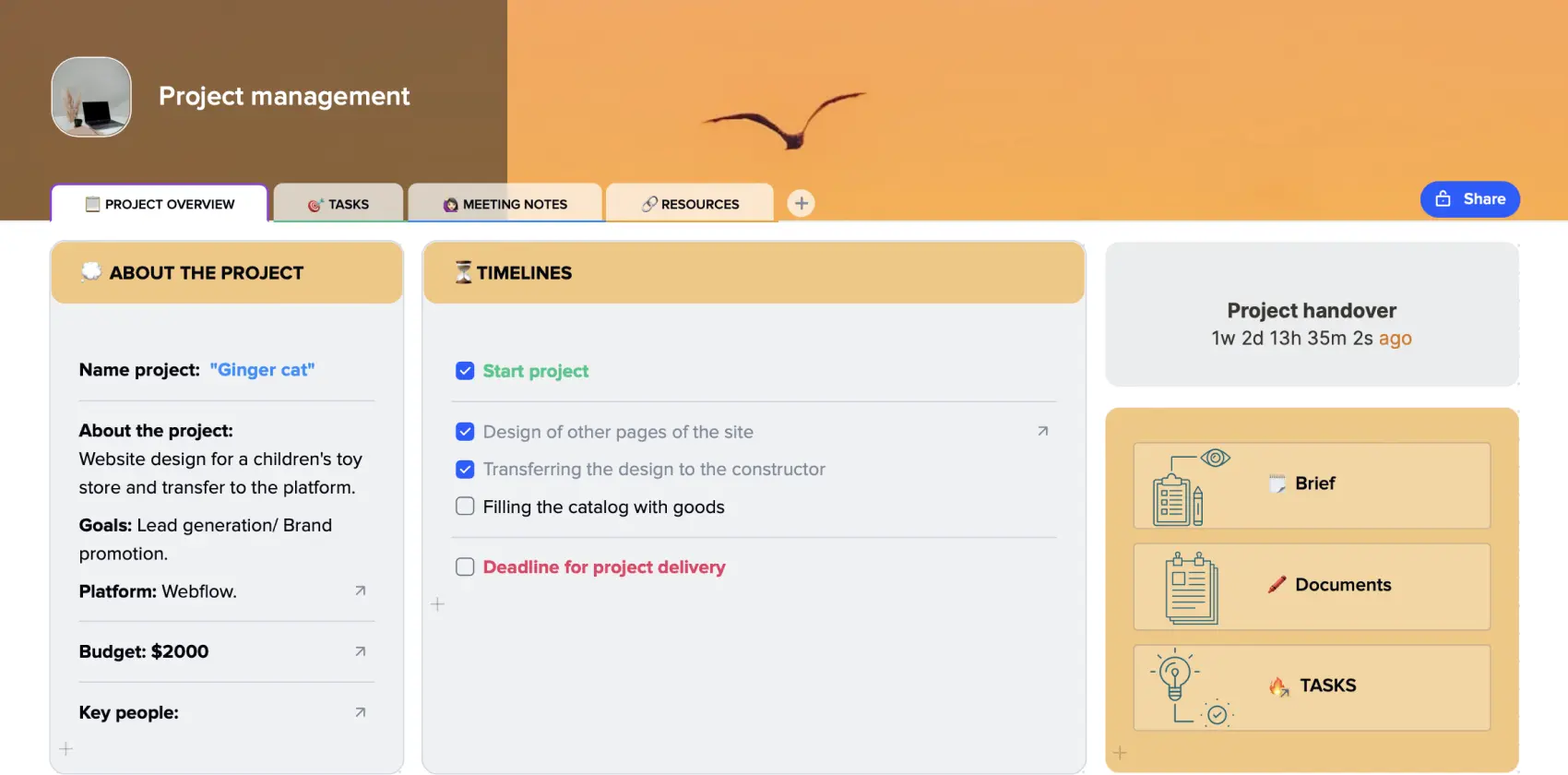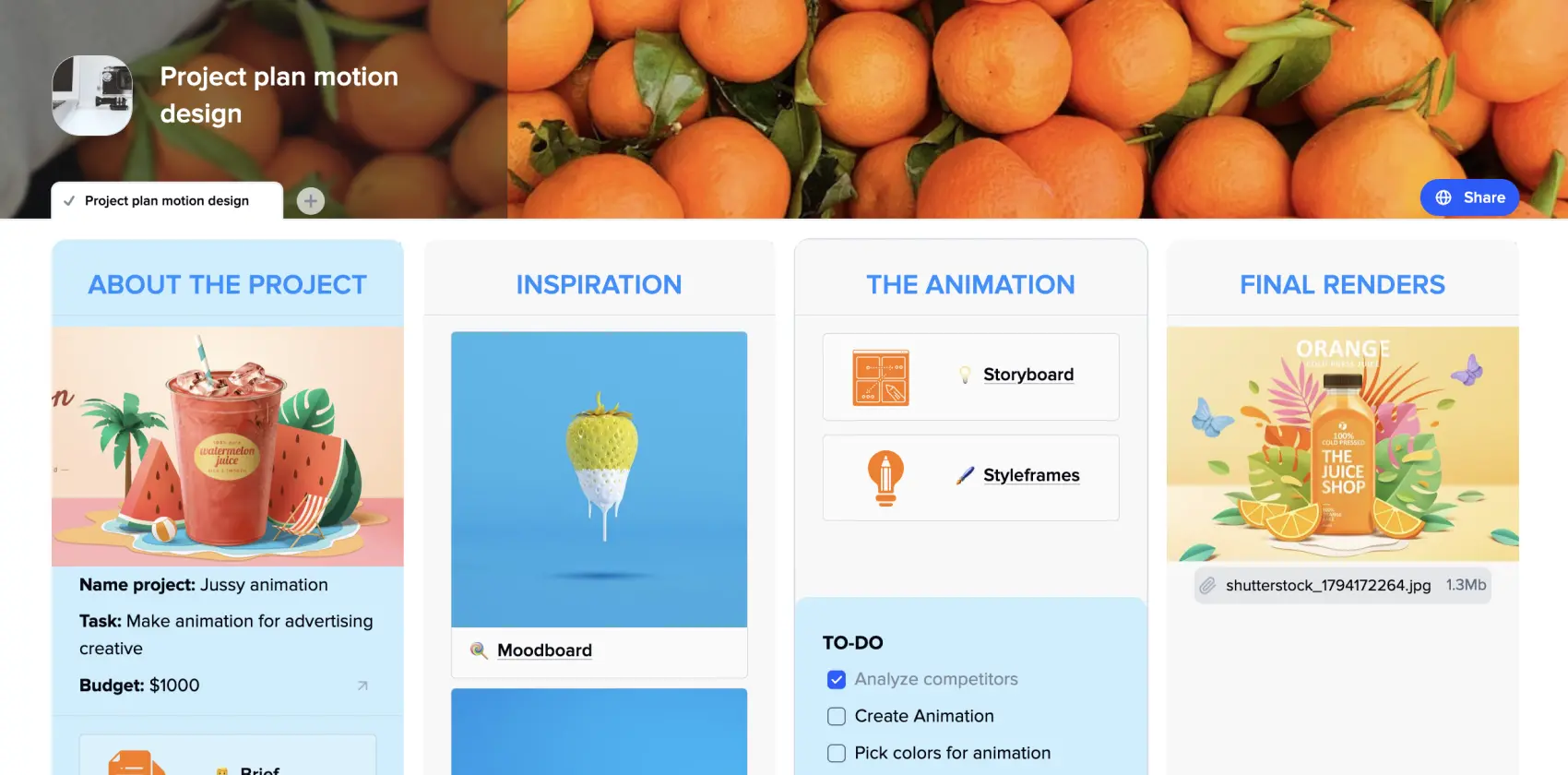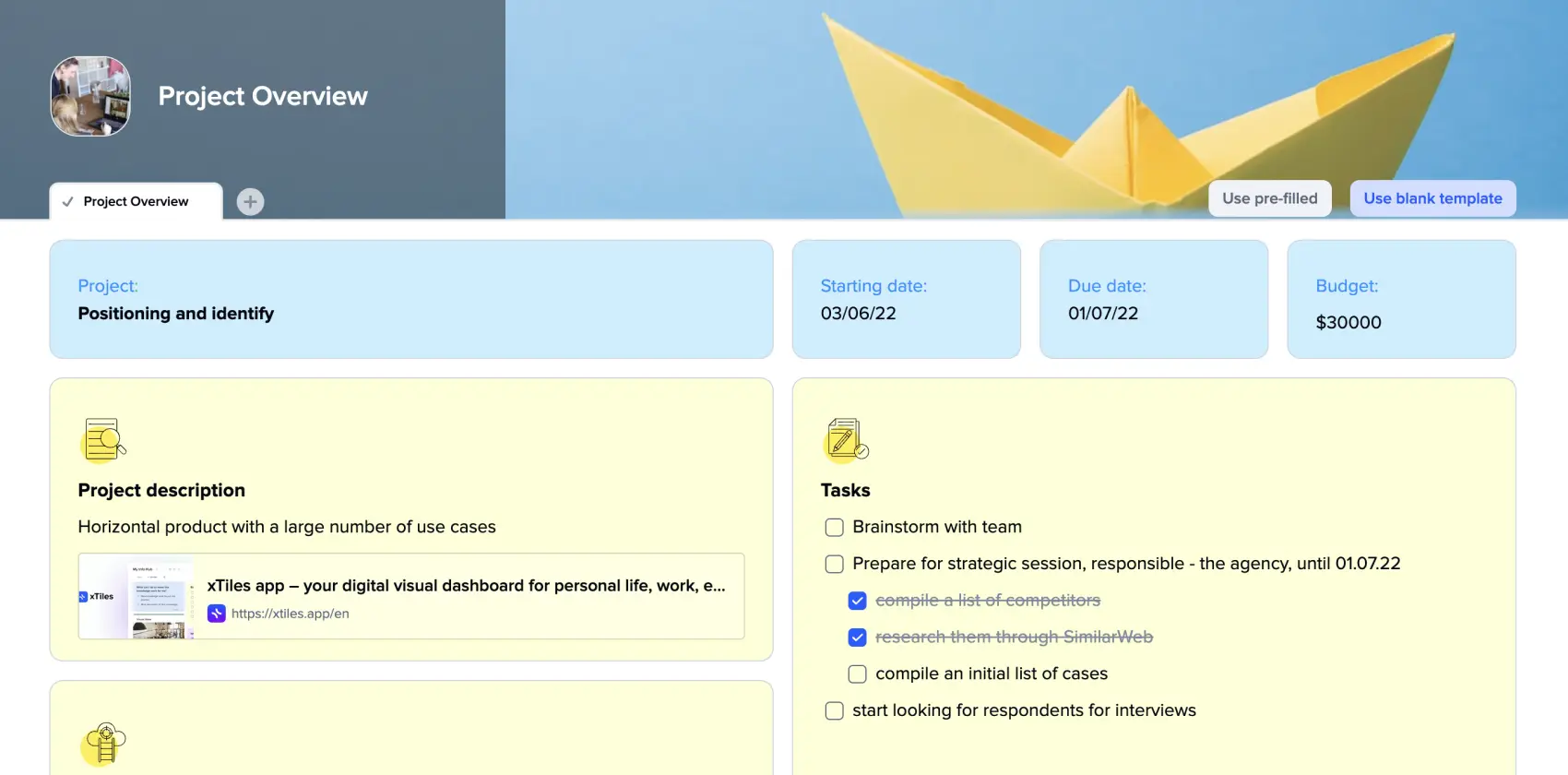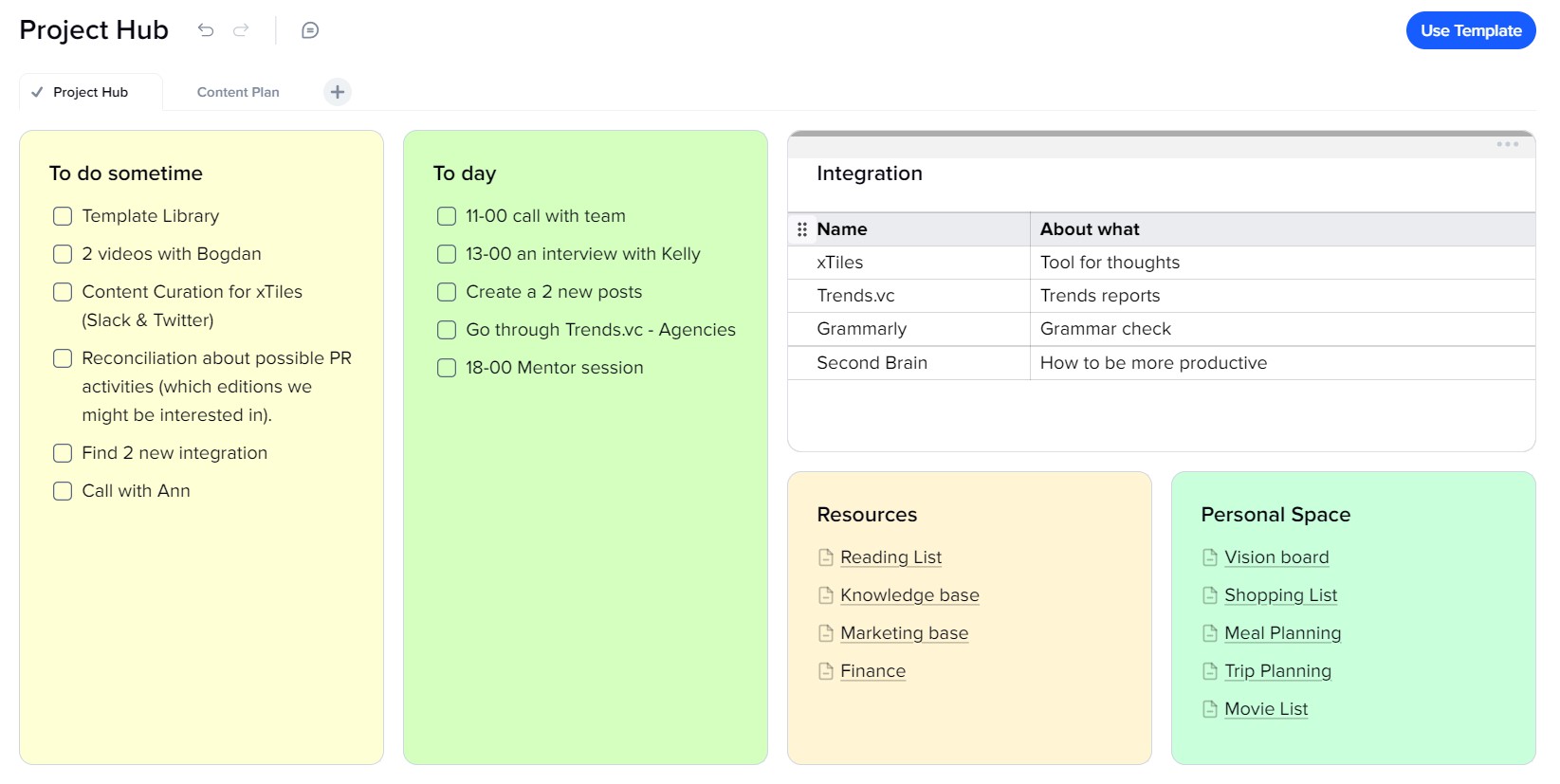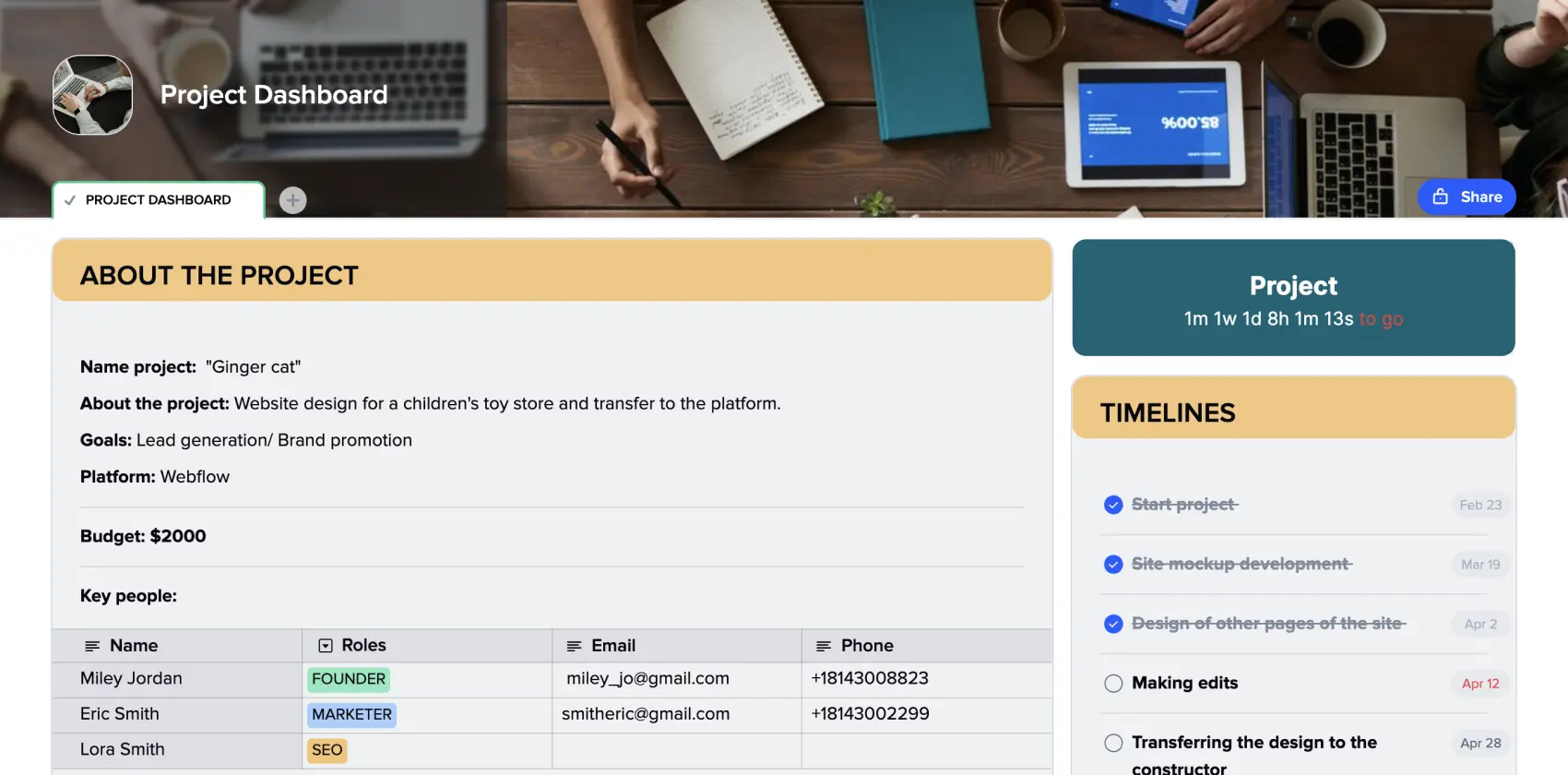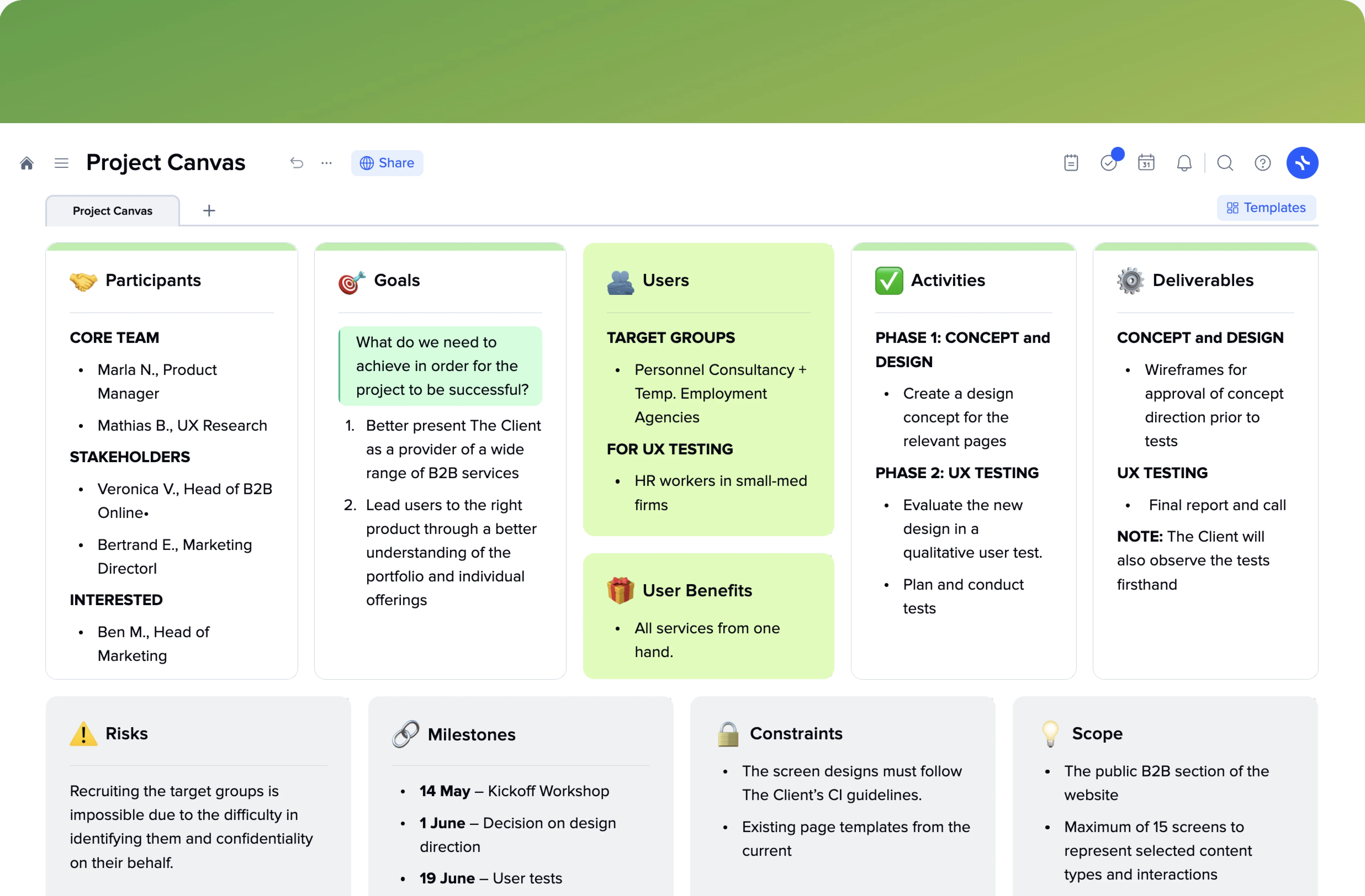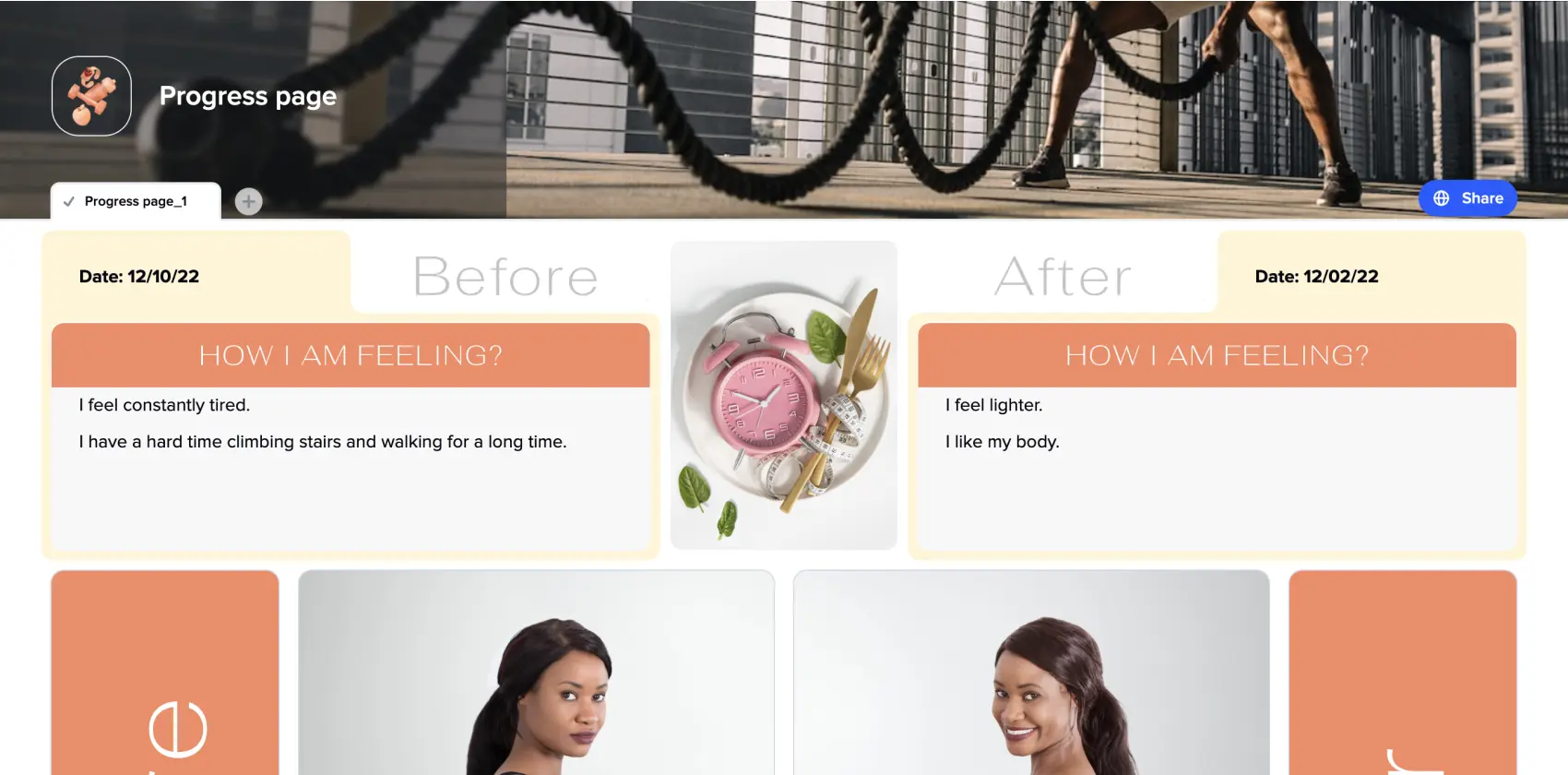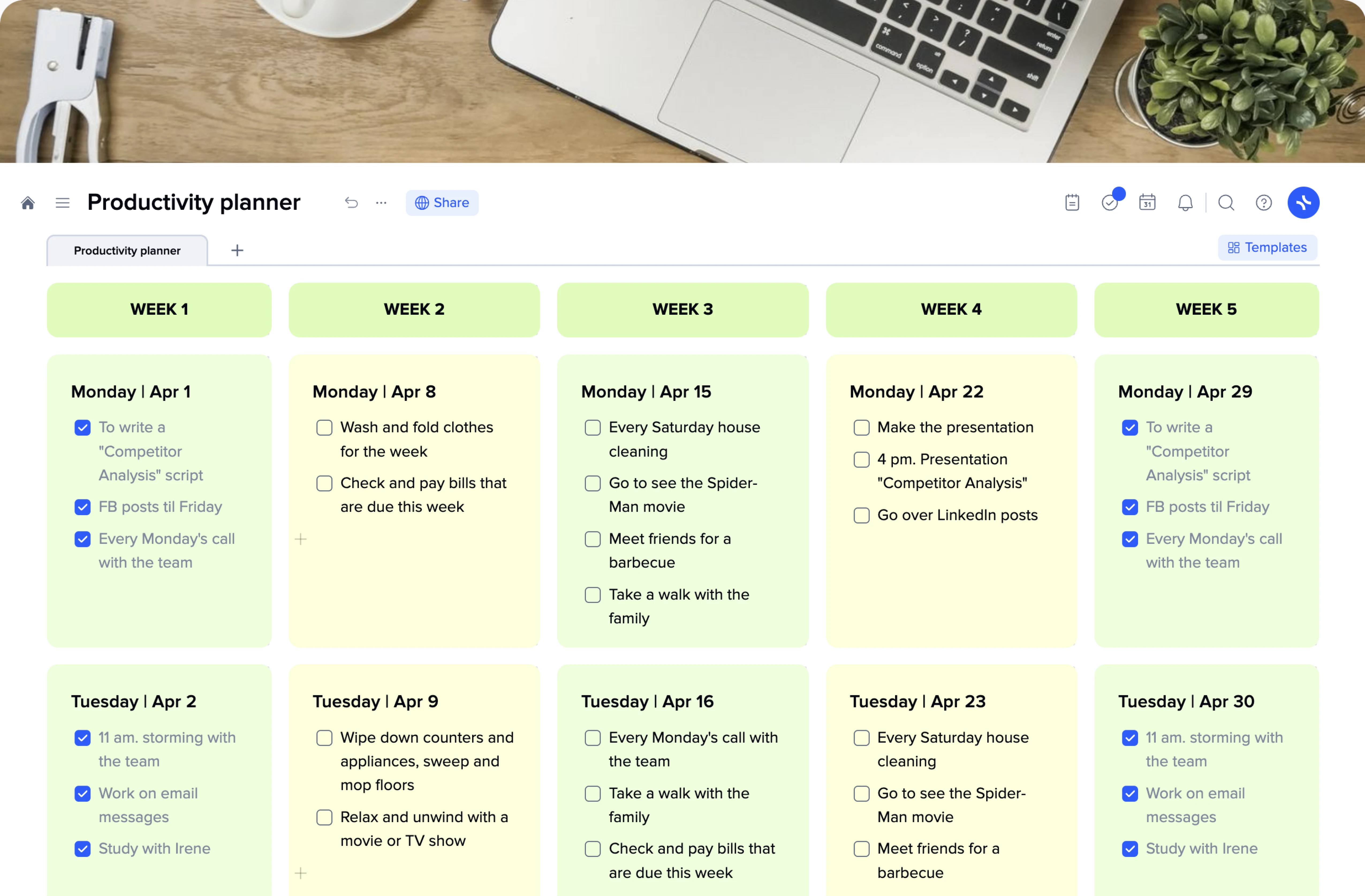Reading list template
A reading list template is a convenient tool for creating your reading list, keeping track of your reading journey, saving something interesting to check later, building exquisite taste in books, and noting your impressions.
Reading lists have become a routine for many people who read regularly or try to make it a part of their daily routine. Some prefer to keep their lists for themselves, and some use Goodreads to update their friends about their latest books and what they think about them.
A reading list is a very specific kind of to-do list. It may help you implement a new healthy habit or ruin your reading experience if created not according to your preferences and inclinations.
Many people started reading regularly during the lockdown, and once we were returned back to the world, many stopped. Reading has an incredible ability to take us from our world to millions of others. When reading, we face different experiences we would never have had in real life. In other words, reading is cool.
When do I need a reading list?
Reading lists are tools for planning your reading process. In some sense, they define your further development as a person. That’s why your approach to creating one is important.
There are many cases where you can benefit from creating and using one.
1. Studying
A detailed reading list will help you stick to your studying routine, guiding you through the information and topics you need to learn step-by-step.
2. Healthy leisure
A reading list will provide you with the activity for your free time.
3. Developing a new habit
A reading list will help you stick to your goal and read book after book with pleasure. Also, when building one, you dive into the subject deeper and find many interesting facts and new information. Creating your list is already useful, not to mention how much you will get when you finish the last book on it.
4. If reading books is your job
Book bloggers read and review books for a living. That’s why for them, it’s super serious and has to be well-organized and thoroughly planned to keep their audience’s attention and gain new viewers / readers / listeners.
Online reading lists
More and more people give up on their paper notebooks every day. And more and more people start noting and making reading lists because now they can do it on the run easily, quickly, and with as many edits as they want without spoiling the visuality using their smartphones or laptops.
However, many apps or extensions have at least one big disadvantage. For example, reading lists for iPhone or Chrome reading lists are suitable for surfing the internet and collecting articles and interesting blogs. But for your books, you will need something else.
xTiles resolves that issue by syncing the desktop version and the app. Additionally, we also offer you to use the xTiles Web Clipper to save every piece of information that might be interesting or worth reading later.
Another phase of reading list evolution is free reading list templates, where you collect and sort your books or articles.
Popular reading lists
The internet today is full of famous people’s reading lists. Using one as a base for yourself may be indeed alluring as you won’t need to research books alone. Everything was done before. The only thing left for you is the most pleasant one – reading.
However, you need to be particularly careful when choosing one because it may not match your taste in books. And forcing yourself to go through books you don’t really like only because it’s a Rory Gilmore reading list or Bill Gates reading list might make you hate reading or at least make it less pleasant for you, which might be very dangerous if it’s not your regular practice.
Creating your own reading list based on suggestions of famous people who have great taste in books, in your opinion, or simply seem nice, interesting, or intriguing is much safer and likely to bring you better results.
How to use popular reading lists?
If you’ve decided to read books from, let’s say, Lex Fridman’s reading list or Elon Musk’s reading list, start with carefully reviewing each of them. Some may be far from what you like or expect to get.
It’s important to understand that reading is not about achievements and checkmarks. You don’t have to waste your time reading a book you don’t like. Put it aside and start something else.
That’s why it’s advisable to adjust pre-made lists according to your expectations and what you want at the moment.
Also, if the reading list you want to give a try is about an immortal classic, you need to be particularly careful. Some pieces might be so out of context today that you might be shocked.
How to create an effective reading list using a free xTiles reading list template?
Once you answer a couple of questions about why you need this reading list and what goal you want to achieve by reading every book on it, creating one will be much easier.
Above, we described four main cases when a person might need a reading list. Let’s stick to that and look at important aspects and some tips for each.
The technical part is similar for all purposes. You add books you want to read to the column “not started”, when you start reading one of them, you drag-and-drop it to the column “in progress”, and when you finish reading, you move it to the “done”.
However, the reading process might be harder than that. That’s why you may create another section for books that had turned out to be too complicated for now and you decided to postpone reading them.
The xTiles reading template is easy-adjustable, so you may have as many categories as you prefer. For example, you may divide poetry from prose or nonfiction from fiction. Or, if you’re more in context, you may have different documents for pieces from different periods of literature.
Also, before adding books you plan on reading to your list, think of how long this list will be relevant. A month? A year? Or maybe you’re preparing your summer reading list?
How to create a reading list for studying using the xTiles reading template?
Sometimes you get an already created and structured reading list from your teacher. However, if you study independently, there will be no source to get one. Also, if you’re a teacher, creating different reading lists may be a part of your work routine.
The xTiles reading list templates offer a structure where you collect all the books you plan on reading and keep track of your progress and how many of your planned books you have finished. If you’re a teacher, you may share the same documents with your students and check how well they are doing.
Uploading your files and adding links allows you to keep your planned books in the same place handy. Also, it will ease the reading process for your students if you provide them with all the needed sources. You simply cut off their escape route so they couldn’t say they didn’t read something because they couldn’t find it 🙃.
It may help if you prioritize units on your studying reading list in case you don’t have enough time to go through all of them. In this case, you still will miss something, but at least it will be less important.
How to create a reading list to plan your leisure activities using the xTiles reading template
If reading is your usual activity when you have nothing else to do or that is your way to relax, your reading list is more likely endless. You constantly add some new books you heard about recently from your favorite booktuber. Your “not started” column constantly competes with the “done” column for which one is longer.
In this case, you need a reading list to keep everything organized and ensure that you have a variety of interesting and engaging books to read in your free time. You may also add a section for “want to read” or “suggestions”.
However, if you want to make things clear, you may divide your endless book wish list into sections, smaller reading lists, and go through them each at a time or jump between them.
We don’t recommend setting goals or making schedules if reading is a pleasure for you because they may ruin everything, and the process, once well-loved, might become something you avoid.
Some people like to compete with themselves. The growing number of their reading list “done” section makes them happy. Reading counts book lists are more about form than content, but it doesn’t matter until they make you a happy reader.
How to create a reading list to make reading one of your habits using the xTiles reading template?
Many people stopped loving reading in school, where they were forced to go over boring stuff. That’s why parents are responsible for giving their kids books that will catch their attention. If you’re a reader and want your child to be one, you may prepare a reading list with books you liked when you were little. Additionally, it will help deepen the connection between you two.
So, start with researching what you’re interested in. If you have read no more than three books in your life and haven’t liked any of them, then at least you know where not to go now.
You may try an option that always works – classic literature. Don’t know any names or titles? No worries. Classic literature reading lists are quite popular. Reputable journals like The New York Times and Le Monde have their own lists of classics everyone should read in their life.
The more you read, the more you learn what you like. So, adding new ones will be much easier after ten books. Thankfully, there are dozens, and sometimes thousands, of reviews on almost every book to help you decide.
When you only work on starting to read regularly, it’s better not to put yourself under pressure. Don’t like this book? That’s okay. Just start another one. Do you feel like you’re reading too slowly? It just seems so. You’re doing great.
Most of the time, reading is about comfort and pleasure, but some books can really hurt or devastate, and not because they were written badly (this is another kind of readers’ pain you will discover after some time). So, don’t be afraid if you come across such a book.
How to create a reading list if you’re a book blogger using the xTiles reading template?
A chaotic reading list or no reading list is a skeleton in a book blogger’s closet. However, it’s not rare because there’s too much on their mind except for planning and tracking their recently read books.
People who read and review books for a living need ready-to-use reading list templates even more than anyone else. Such a template will help them work on their content to publish it regularly.
Start by taking down all books you want to read. That pile of books near your bed probably should go first. However, prioritizing depends on your preferences and your audience. If you interact with them to know what they want to learn next, you will avoid the torment of choice.
It’s important to update your reading list according to recently published books to provide your audience with relevant content.
However, a reading list template won’t be enough to plan your content uploading effectively. You may try our other templates to get the best results.

